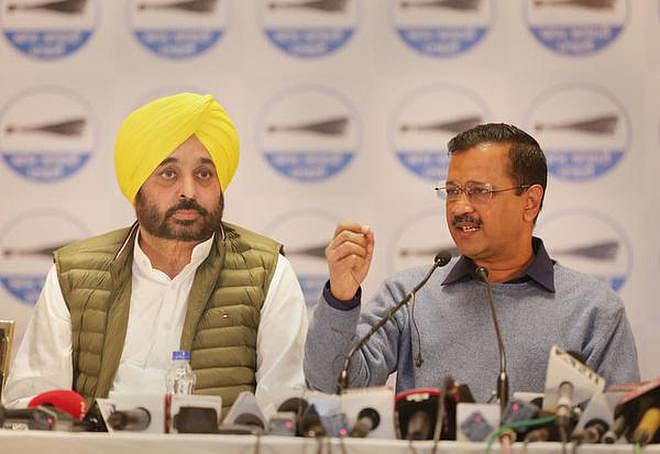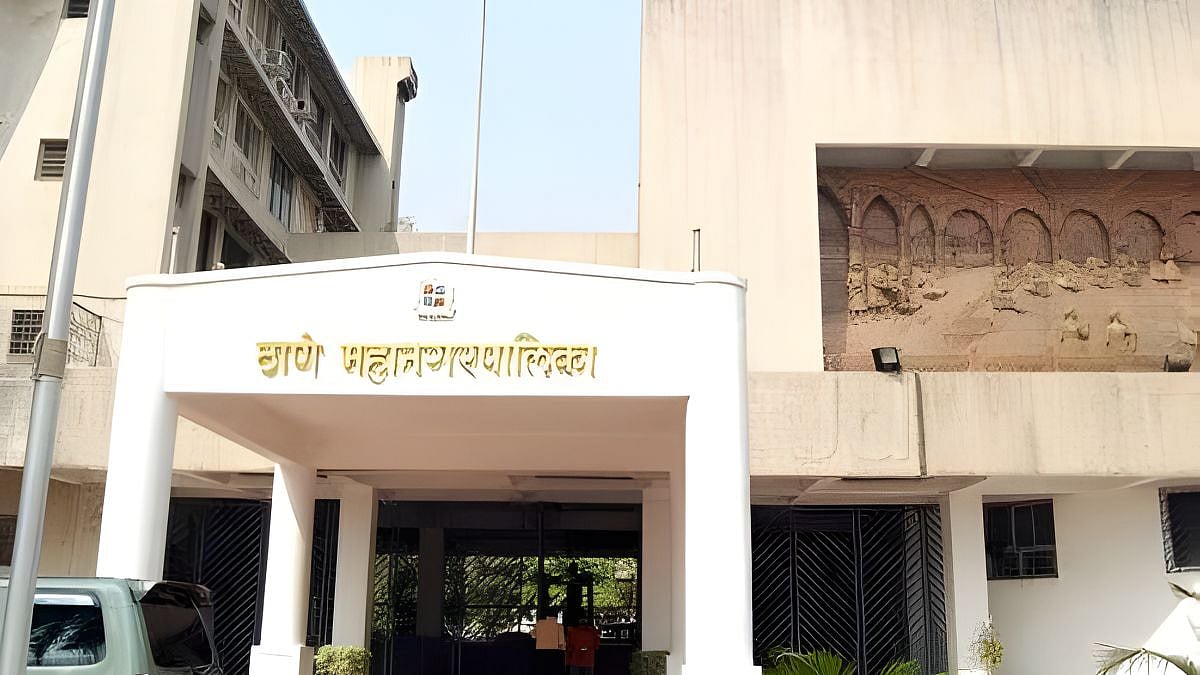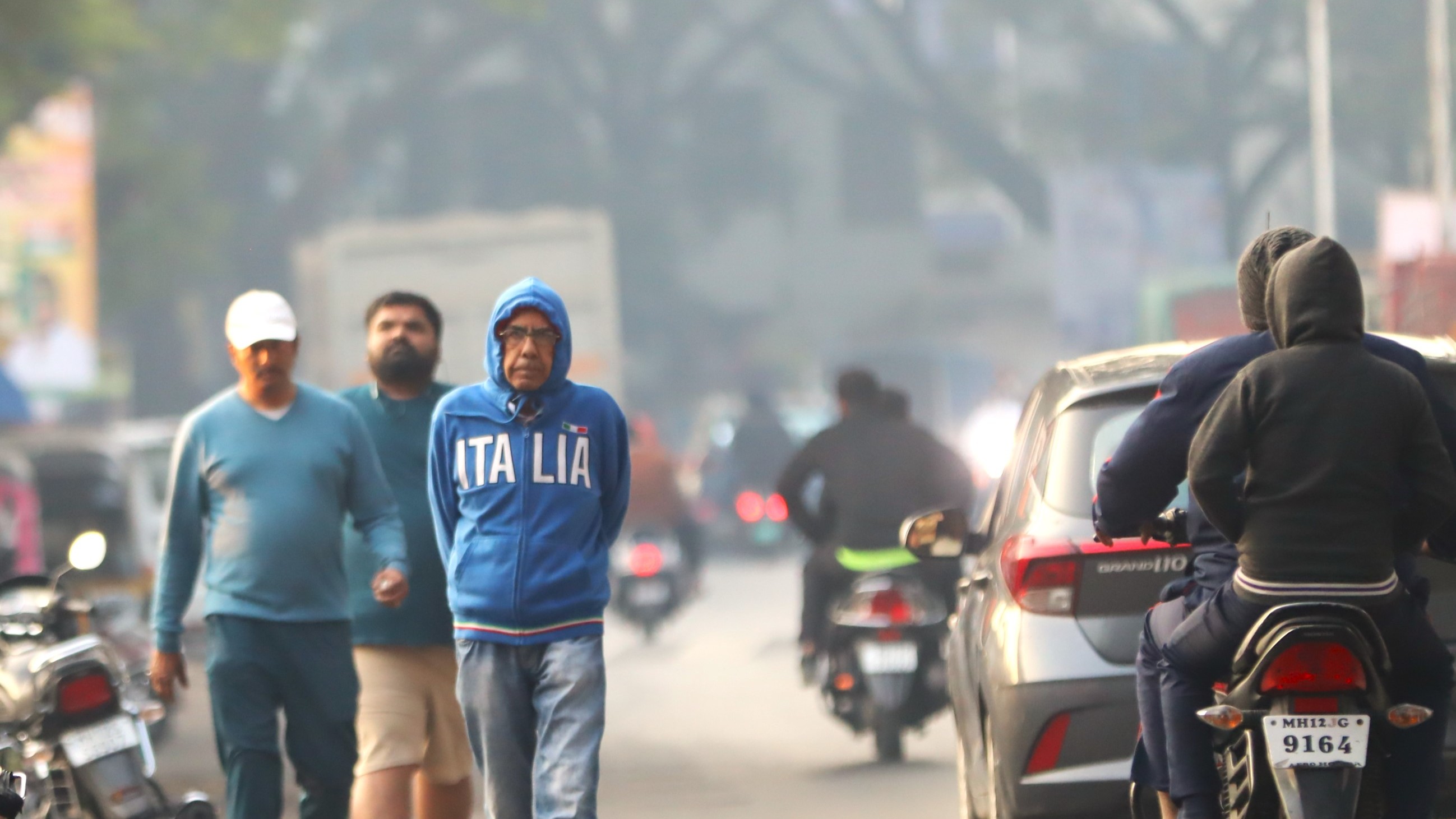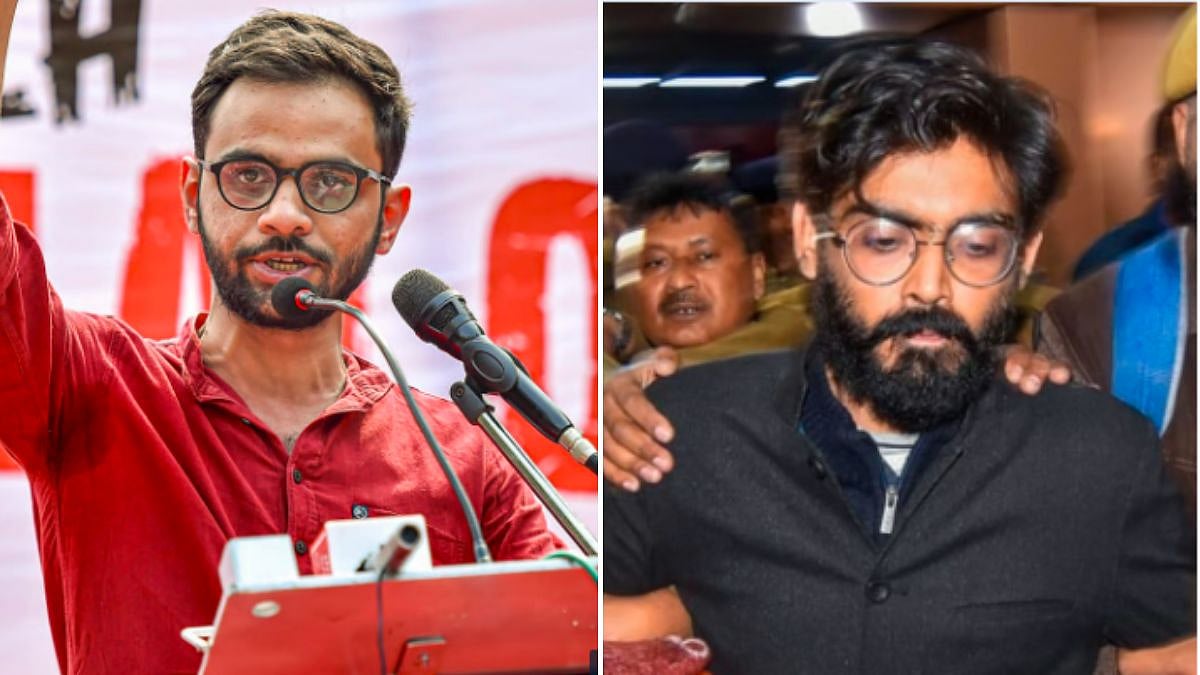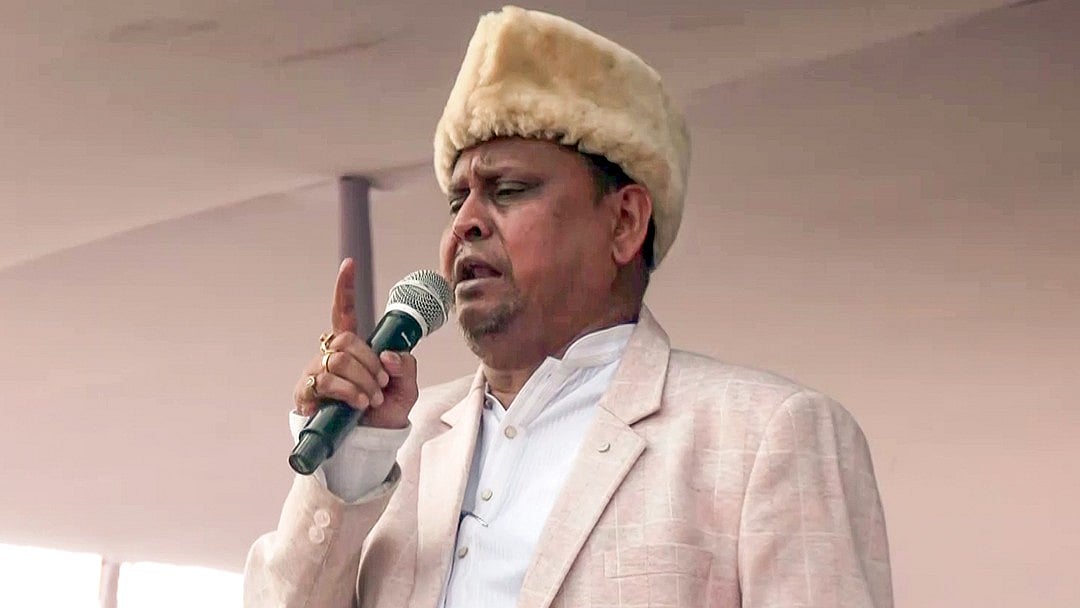Chandigarh: The Punjab assembly election results Thursday showed that Dalits – who have been a divided house in the past elections - vehemently voted for AAP despite there being Bahujan Samaj Party (BSP) in alliance with Shiromani Akali Dal (SAD) and Charanjit Singh Channi, the state’s first Dalit CM leading the Congress, in the fray.
Of the total 117 seats, there are 34 reserved seats in the state.
It was with an eye on Dalit vote bank - one-third (32%) of the total population of three crore – the highest in the country that all the top leaders of all the parties had vied with each other to woo the Dalits.
Immediately after snapping ties with its old ally BJP over now-repealed farm laws last year, the SAD had joined hands with the BSP and announced that if elected they would have a Dalit deputy chief minister.
In September last year, the Congress had also made Charanjit Singh Channi, the state’s first Dalit (Ramdasia) chief minister, removing two-time chief minister Capt Amarinder Singh, a Jat Sikh, after bad blood within the party.
That none of these factors worked, the results have shown as Channi himself has lost both his seats, the BSP could win only one seat, Phagwara from where its Nachhhar Pal has won.
The political analysts who held that Dalits who had continued to be a divided house despite being a huge chunk in Punjab in the past, had this time went for AAP.
Prof Ronki Ram, Shaheed Bhagat Singh Chair Professor of political science, Panjab University, Chandigarh, said that among Dalits’ 39 castes two caste groups constituted about 80% of the total SC population (31.94%, 2011 Census). The two caste groups comprised four castes – Balmikis (sanitation workers) and Mazhabis (Dalits who take to Sikhism), chamars (leather workers – Ramdasias and Ravidasias), and Ad-Dharmis (a lower Dalit strata) because of which they went to the leaders of their own caste belonging to different political parties.
``However, it appears that the Dalits this time decided to go into the fold of inclusive politics of AAP instead of getting into the routine poll matrix of other political parties, hence vehement support to AAP overcoming all the factors’’, he added.
Prof Ashutosh Kumar of the department of political science, Panjab University, also opined that even though the Dalits had been a divided lot in the past, the AAP wave had apparently overcame all the political fault-lines or factors– be it caste, Dera, urban, rural or regional (Majha, Doaba or Malwa) – this election.
